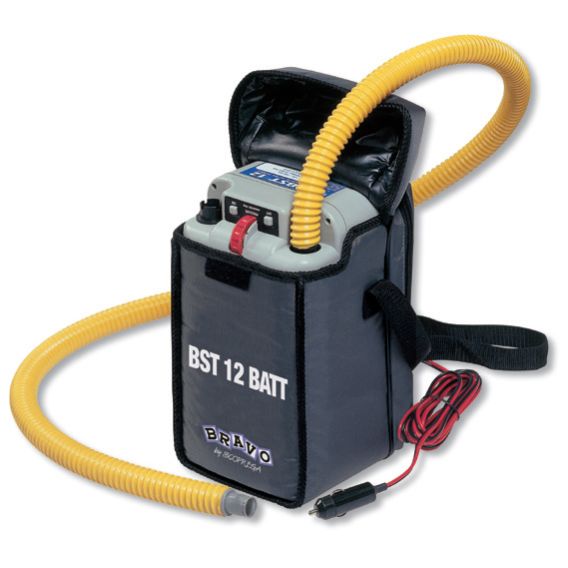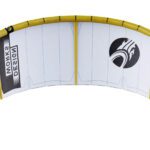
Air Pumps for Kitesurfing
Introduction
The thrill of kitesurfing lies in the daring rides across the waves and in the preparation phase, where the kite is transformed from a deflated piece of material into a powerful wind-catching apparatus. One of the essential tools in this process is an air pump. Whether you’re a seasoned kitesurfer or a beginner in the sport, choosing the right pump can significantly impact your experience. This article explores the different types of air pumps used in kitesurfing, their features, benefits, and potential drawbacks.
Types of Air Pumps for Kitesurfing
Manual Hand Pumps
The most common type of pump that kitesurfers use is the manual hand pump. It’s easy to use, portable, and doesn’t require any power source. They’re typically double-action, meaning they inflate the kite on both the up and down stroke, making them fairly efficient. Their major downside is that they can be physically taxing, especially for large kites.
Electric Pumps
Electric pumps are the luxury option in the world of kitesurfing. They take the physical effort out of inflating your kite, allowing you more energy for your surf. They’re powered either by a rechargeable battery or by connecting to a vehicle’s battery. The main downside is their cost, which is significantly higher than a manual pump. They’re also heavier and less portable.
Foot Pumps
Foot pumps are another option for those who prefer not to use their upper body strength for inflating the kite. They operate with a stepping motion and can be an excellent alternative to hand pumps. However, they tend to be slower and less efficient than the other options.
Factors to Consider When Choosing an Air Pump
When choosing an air pump for kitesurfing, consider the pump’s efficiency, physical strength and stamina, budget, and how often you go kitesurfing. Electric pumps are great if you regularly go kitesurfing and don’t mind the extra cost. Manual hand pumps are a good choice if you’re on a budget, and foot pumps can be a good alternative if you prefer to use your arms sparingly.
Conclusion
The air pump is a vital tool in the sport of kitesurfing. Whether you choose a manual hand pump, an electric pump, or a foot pump, the key is to find an option that suits your needs, budget, and physical capacity. By understanding the different types of air pumps, you can make an informed decision and enhance your kitesurfing experience.
Frequently Asked Questions
Q: Is it worth investing in an electric pump for kitesurfing?
A: It depends on your needs and budget. If you go kitesurfing frequently and prefer not to exert physical effort in inflating your kite, an electric pump could be a good investment.
Q: Can I use a regular air pump for inflating my kitesurfing kite?
A: While technically possible, kitesurfing pumps are designed to inflate kites quickly and efficiently with the right pressure. Regular air pumps may provide a different performance.
Q: How long does inflating a kite with a manual hand pump take?
A: The time it takes to inflate a kite with a manual hand pump depends on the size of the kite and the efficiency of the pump. On average, it can take anywhere from 5 to 15 minutes.
Q: Do all kitesurfing pumps come with a pressure gauge?
A: Most kitesurfing pumps do come with a pressure gauge, but it’s always a good idea to double-check. The pressure gauge
Finished browsing
A: Most kitesurfing pumps have a pressure gauge, but not all. It’s always a good idea to double-check before making your purchase.
Q: What’s the difference between single-action and double-action pumps?
A: Single-action pumps inflate the kite on the upstroke only, while double-action pumps inflate on both the upstroke and downstroke, making them more efficient.
Q: Can I use an electric pump for any kite?
A: Electric pumps are versatile and can inflate any kitesurfing kite as long as the pump has the correct adapter for the kite’s inflation valve.
Author
Latest entries
 WatersportsSeptember 16, 2024Cabrinha Moto X: Enjoy the Ride
WatersportsSeptember 16, 2024Cabrinha Moto X: Enjoy the Ride WatersportsMay 19, 2024Cabrinha 2024 Moto XL Review: The Ultimate Lightwind Kite
WatersportsMay 19, 2024Cabrinha 2024 Moto XL Review: The Ultimate Lightwind Kite WatersportsDecember 16, 2023Kiteboarding Travel
WatersportsDecember 16, 2023Kiteboarding Travel WatersportsDecember 14, 2023RED BULL KING OF THE AIR 2023
WatersportsDecember 14, 2023RED BULL KING OF THE AIR 2023



